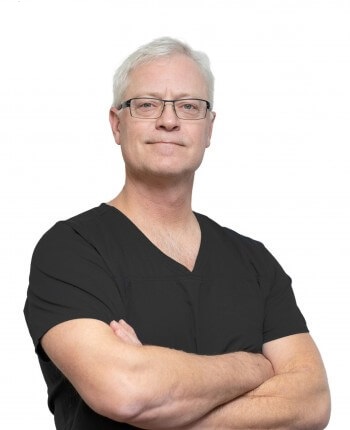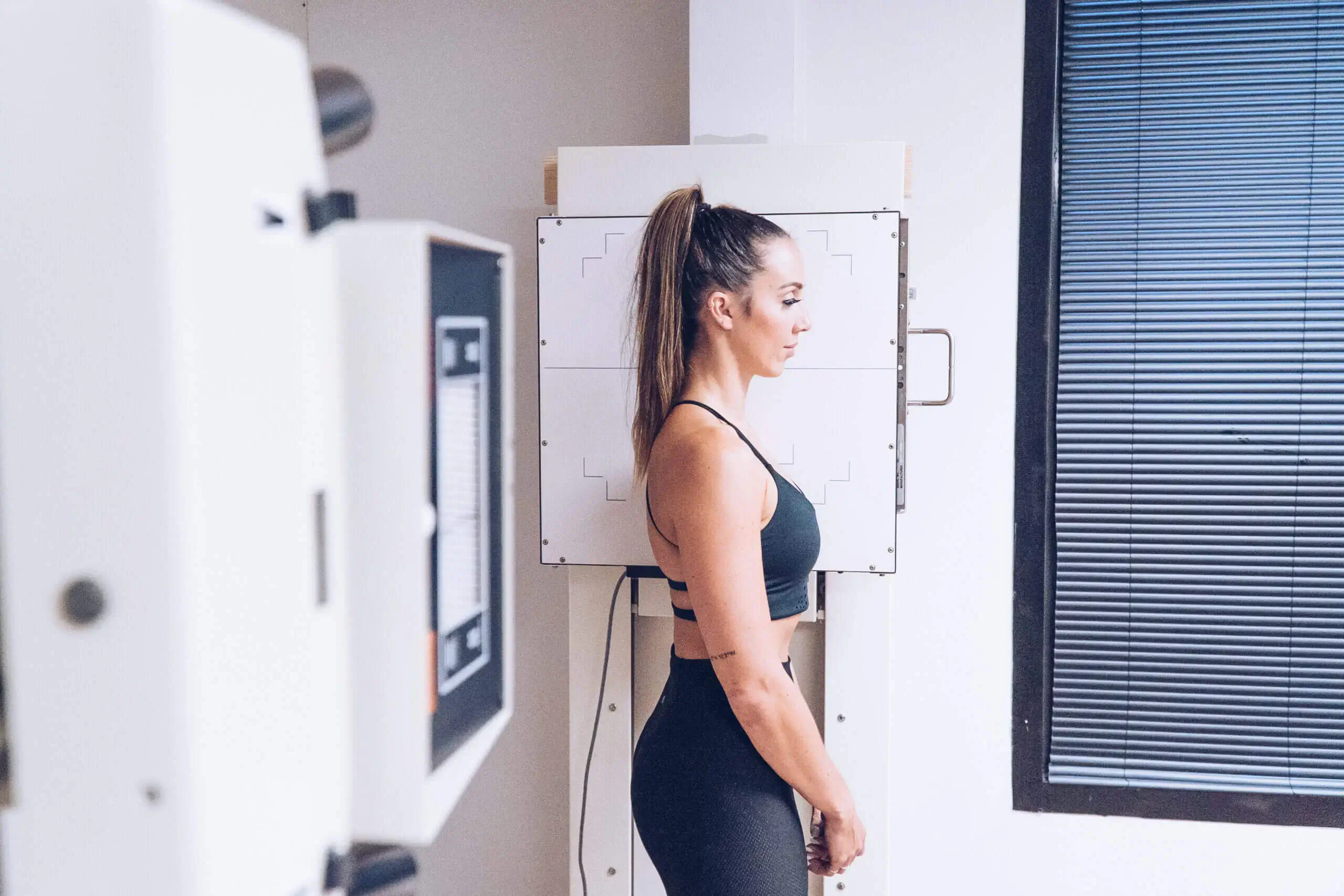Herniated Disc

A herniated disk is the nucleus pulposus rupture in the disc. In the spine there are 23 disks that take on damping functions, capturing all the stress. They consist of a very soft core and a hard outer annulus, which through its plates provides the necessary stability. With time, elasticity of the disks decreases and small tears appear in those areas. The condition of a herniated disk can appear all over the spine. But in a high number of cases, the herniated disks are observed in the lumbosacral part.
Firstly, it must be noted that behind each herniated disk there is a long-term aging process of the disk wear. The aging of the disk is manifested by the loss of elasticity, so the necessary fluid accumulates in the disk. The risk of the herniated disk in that area increases, so the treatment is essential.
The following factors can also affect the condition of a herniated disk:
- Overweight;
- Lack of movement;
- Incorrect posture;
- Lifting weights;
- Genetics;
- Congenital weakness of the connective tissue.
What are the Symptoms?
The herniated disk manifests itself in the following:
- Stabbing pains;
- Numbness or sensory disturbances;
- Hardening of the muscles;
- Aching in the neck;
- Headaches;
- Impaired concentration;
- Muscle tension;
- Decreased muscle strength;
- Limited movement;
- Sleep disturbances.
Treatment methods
On the basis of multiple factors, the advantages and disadvantages of different treatment options of the herniated disk are identified and a clear recommendation is made. In Orlando Medical Center “Touch of Health” the doctor decides which treatment concept can not only reduce symptoms, but also eliminate the cause and achieve long-term pain relief, as well as prevent permanent irreversible nerve damage. There are different ways of the treatment of a herniated disk:
- therapeutic treatment: blockages under the control of CT, remedial gymnastics, osteopathy, manual therapy, etc.;
- percutaneous laser decompression for small hernias or percutaneous nucleotomy;
- microsurgery and concomitant narrowing;
- anti-adhesive gel;
- special sulture technique to prevent recurrence of a herniated disk;
- disk cell transplantation method;
- disk prosthesis or cage in the critical case of a herniated disk.
The patient discusses with the doctor in Orlando Medical Center “Touch of Health” which of these and other treatment methods work the best for his specific case of the herniated disk and condition.
What to Expect After Treatment
Most patients after treatment can return home in a short period of time – sometimes as early as 24 hours. One will receive instructions from his doctor about what the daily physical activity should be in order not to have a recurring herniated disk.
Most patients appreciate the benefits of a postoperative exercise treatment program. The specialists of Orlando Medical Center “Touch of Health” advise what exercises are the best for a speedy recovery after the herniated disk condition.

Success Stories
Touch of Health Medical Center
Complete a full examination at our center and get a prognosis for your recovery.
Our specialists help you to recover much faster.
Touch of Health Clinic





We treat



